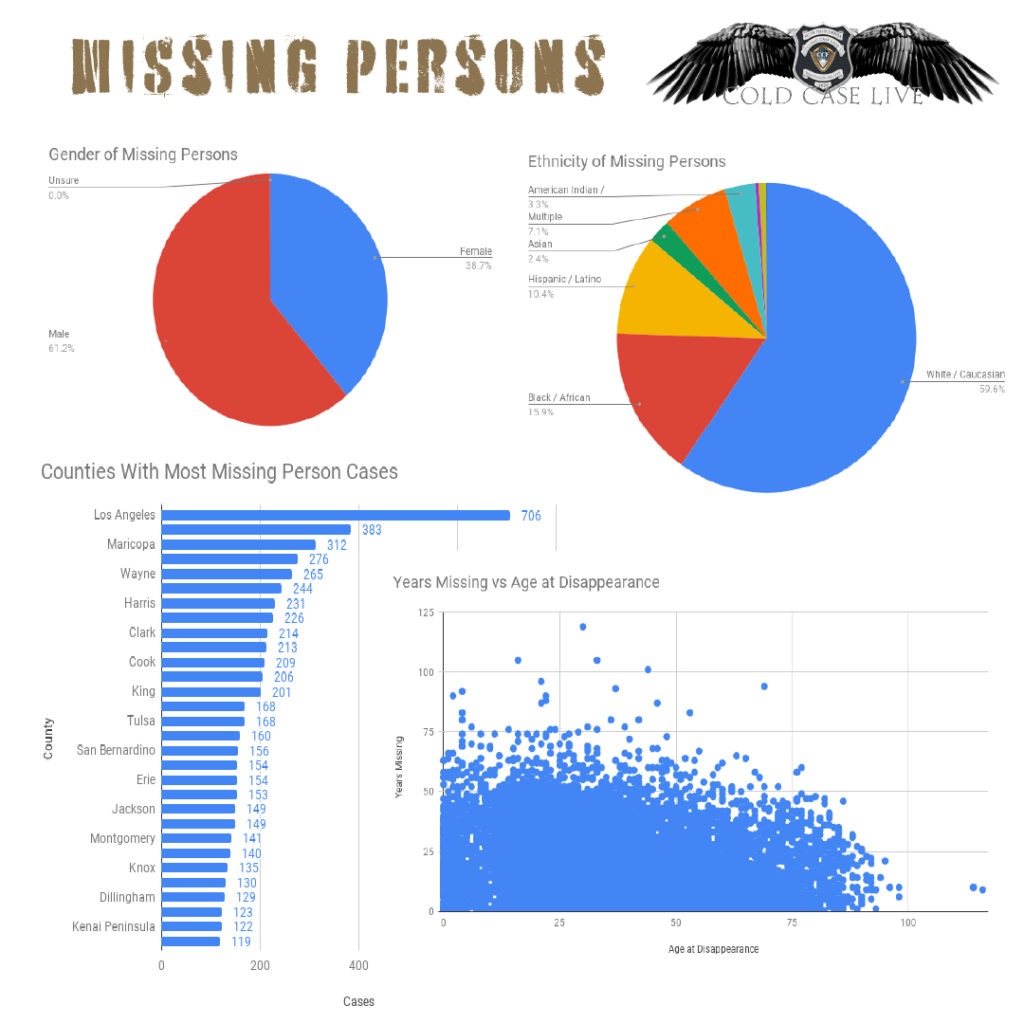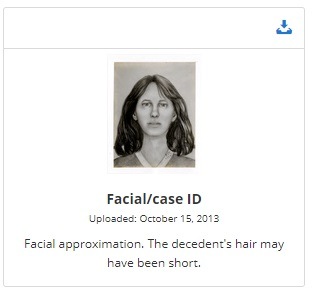
On The Map
It’s time to bring cold and missing person cases to light in a new way.
Using the analytical and technical expertise of the Cold Case Live team, we are now able to put over 13,000 unidentified persons and over 21,000 current missing person cases on a new GIS map facility – allowing you to explore current cases across America and potentially pass vital information to the investigating agencies.
Logged in members can access a new article on this topic here.
We will be adding more data points over the coming weeks and creating a missing person alerts system to feed bulletins direct to the public through the Cold Case Live site.

This is the first phase in an exciting Cold Case Live project to develop a new kind of law enforcement database designed to help solve cases faster and maximise the most powerful resource any detective has access to: the public.
If you are not already a member, join Cold Case Live today to directly support the ongoing casework of the Cold Case Foundation and to help us develop this vital resource in the fight against serious crime.



Responses